Volt Birth Watch 40: Rust Never Sleeps
We just received this photo via email from one of TTAC's Best and Brightest: "This may be out of date, but I figured you may find it noteworthy for the Volt birthwatch series. Just under a year ago, GM had a Volt on display at the Indy 500. The car was likely a non-running example, but nonetheless it was there to showcase GM's engineering prowess so I judged it in that light. What I saw was… not good. Some of the trim on the Volt was rusting! Rust! On such a high profile vehicle at such a high profile event!" As the photo shows, it wasn't just a spot or two, either. Whatever GM's reason for showing the vehicle in this condition, let's just hope the production version – whatever it ends up looking like – will have better quality trim. And that their attention to the detail on this display model isn't indicative of their attention to detail on the engineering side.
More by Frank Williams
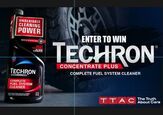


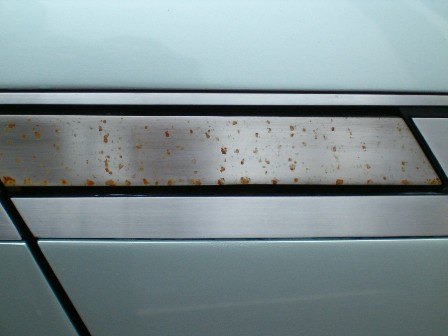













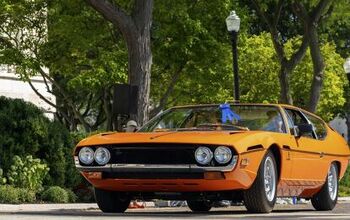
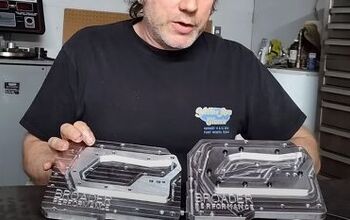

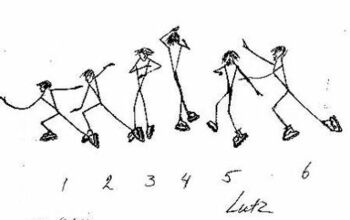
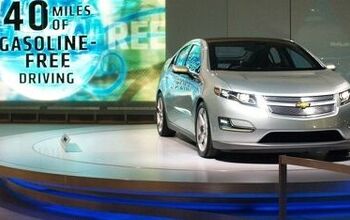
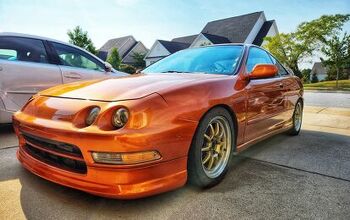

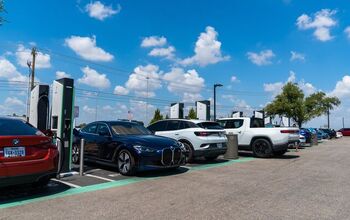
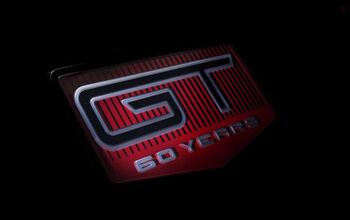

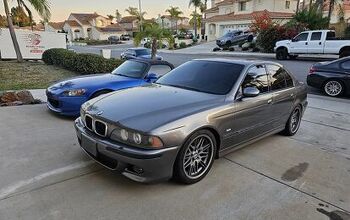






Comments
Join the conversation
It's obviously high-performance energy-saving rust that was meant to be flaunted. Much like Homer's speed holes.
Looks like bare steel and when the vehicle was washed, flash rust. Interesting over sight nonetheless.
I'm stunned that nobody has the job of making the concept cars look good before the show opens and rechecking them every night. Even bare steel can be made to look good for a few days with attention to detail. Sweating the details should be a habit from the top to the bottom of the company ladder.